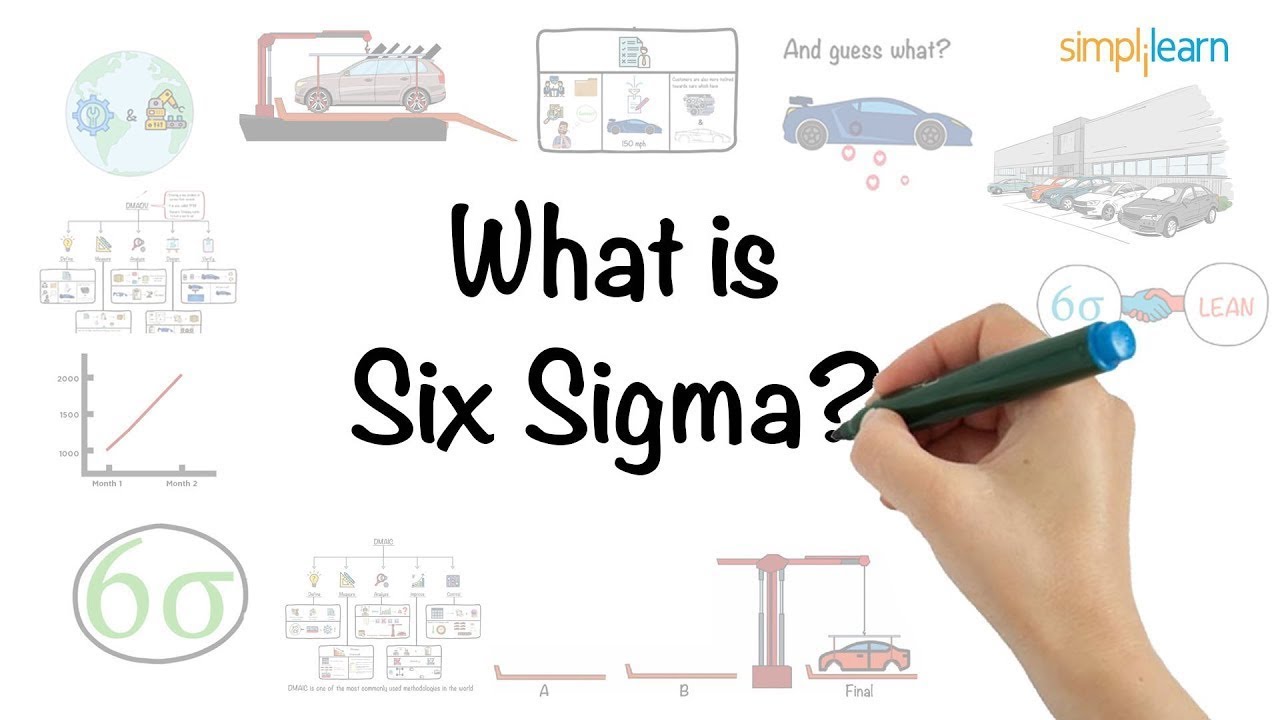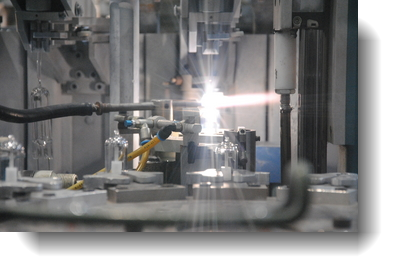Fits and Tolerances-How to Design Stuff that Fits Together

Fits and tolerances are a foundational mechanical design skill, but they’re commonly misunderstood and misused. In this video, we explain how to apply correct and functional fits and tolerances using ASME B4.1 and Machinery’s Handbook, so your parts fit together exactly as you intend, the first time, every time. No emergency filing required! Thanks to Tarrka Design!
STEP 1: Watch the video
Step 2: Answer the questions:
If you are in Mr. Hurd or Mr. Phan’s class, you can answer these questions in schoology to hand them in electronically for full credit. Otherwise, answer the questions, and hand them in to your teacher using their preferred method.
- When you dimension a part on a drawing, the dimension you use to make the part is called the _____________ dimension. Fill in the blank and explain why we cannot manufacture a part to this dimension.
- Define the word tolerance as it relates to the manufacturing of parts.
- (0:50) Looking at the chart in the video at 0:50, which process provides a more accurate dimension? Electrical Discharge Machining or Milling? Give at least one reason why you think this to be true. (Hint: Look up wire EDM if you do not know what it is…)
- (1:03) What factors influence how accurate a machining process is? List at least three.
- (1:17) How come we don’t just manufacture everything to within a tolerance of 0.001”? Explain…
- (1.29) Describe a Running fit and give an example in manufacturing when you might need this type of fit.
- (1:31) Describe a Clearance fit and give an example in manufacturing when you might need this type of fit.
- (1:33) Describe a Press fit and give an example in manufacturing when you might need this type of fit.
- (3:22) Describe the difference between an LC9 and an LC11 tolerance from the Machinery Handbook. What type of equipment is necessary to achieve these fits?
- (4:00) What type of tools are required to make an RC6 fit from the Machinery Handbook? Why?
- (4:31) Answer the following questions about a fit of RC3 and beyond from the Machinery Handbook:
- What type of tooling is needed?
- How much “play” will this fit have?
- (5:41) What is the difference between an RC6 and an LT3? Look at the graph at 5:41 to answer this question.
Thank You! Tarkka info below!
- Website: https://www.tarkka.co/
- Instagram: https://www.instagram.com/tarkka.co/
- Twitter: https://twitter.com/tarkka_design
![]()









